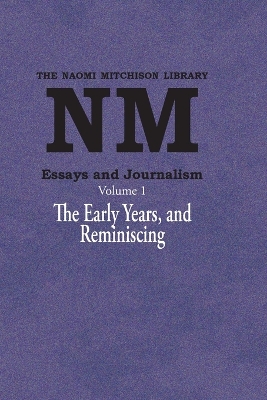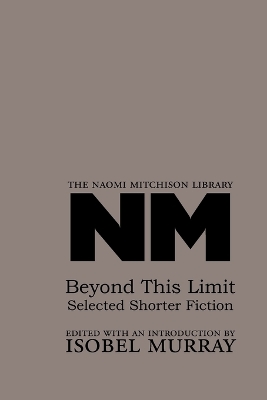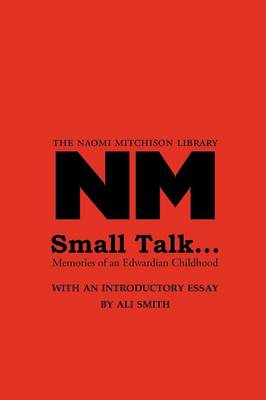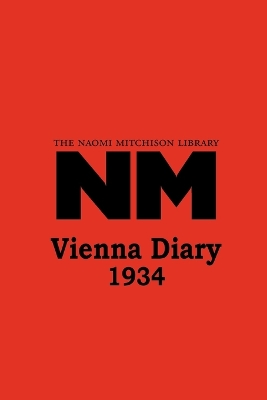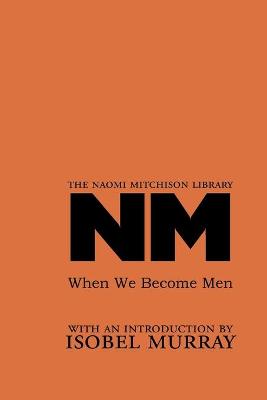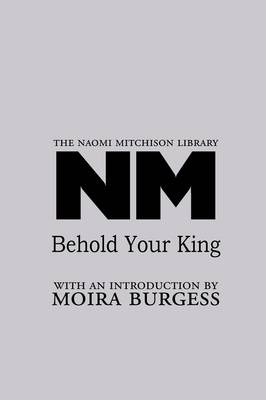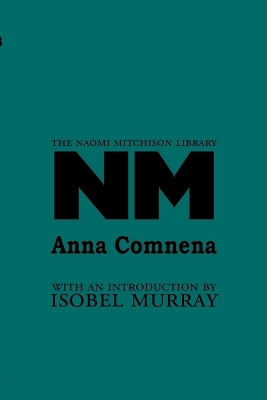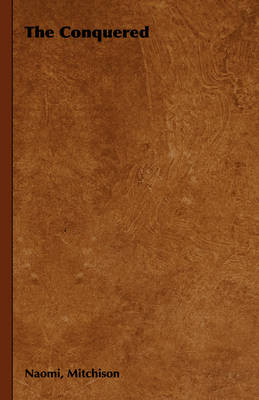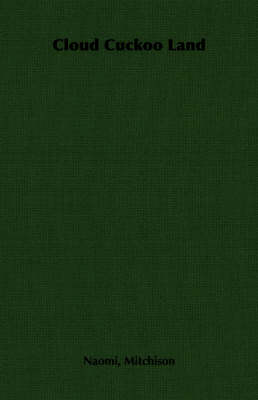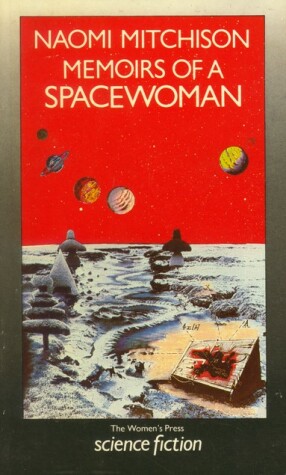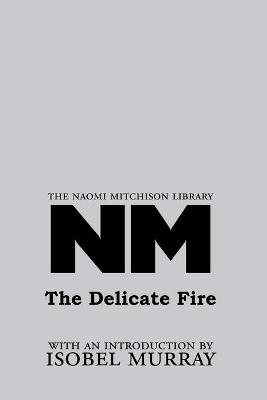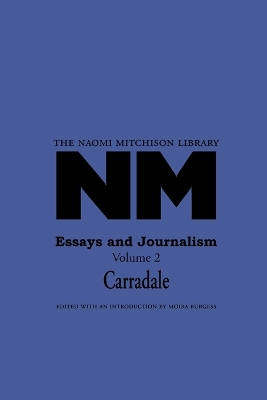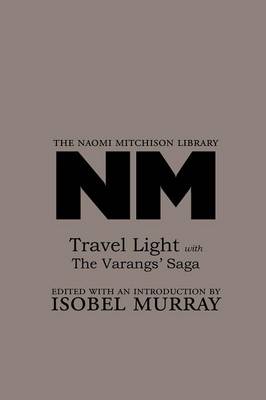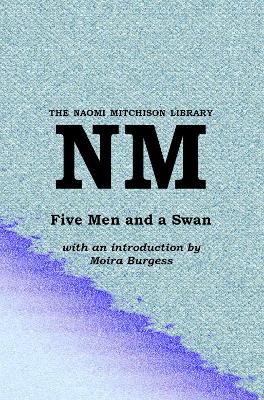The Naomi Mitchison Library
18 primary works • 27 total works
Book 1
Book 4
Book 6
Book 7
Book 11
He meets Letlotse, young heir apparent to the Bakgatla, returning home from an expensive but sometimes bizarre or just irrelevant education in Britain. He distrusts old ways too, and is tempted towards national politics, away from the tribe. There are clashes of beliefs, and conflicting ideas and loyalties. There is violence here. There are rapes and murders, and some killings that the Africans regard rather as executions. Here is a vivid, clear account of a troubled people in transition, which helps the reader to understand and empathise with the birth-pangs of a new, post-Imperial, Africa. Isobel Murray is Emeritus Professor of Modern Scottish Literature at the University of Aberdeen
Book 12
Book 13
Book 17
She is the author of Mitchison's Ghosts (Humming Earth, 2008), on supernatural and mythical elements in the writing of Naomi Mitchison, and is working on a collected edition of Mitchison's essays and journalism to be published by Kennedy & Boyd.
Book 18
Book 19
Book 20
Book 21
Book 22
Book 23
Book 24
Book 30
Book 32
Book 41
